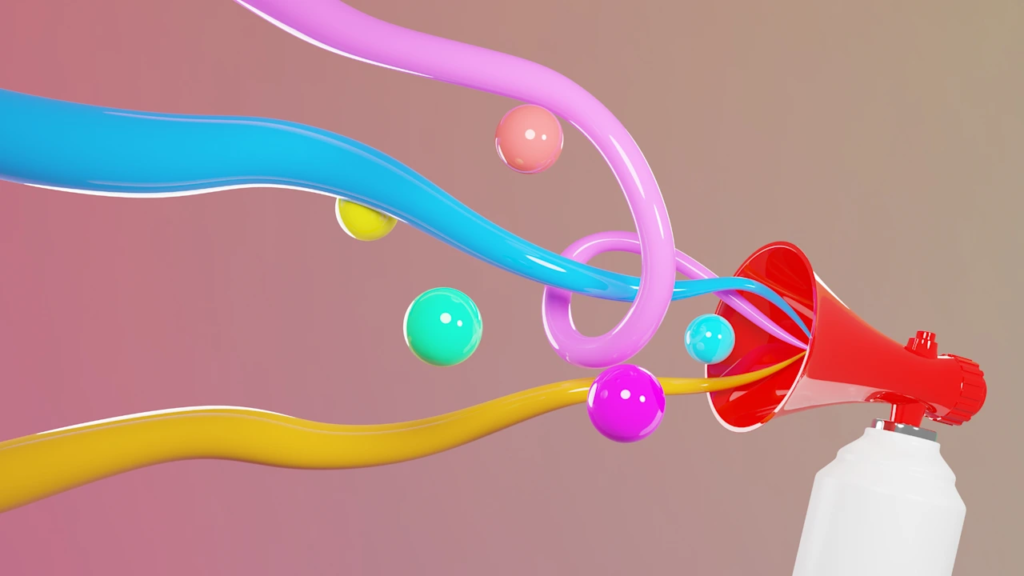Spot the robin’s egg blue of a Tiffany box, and you know there’s luxury inside. Or the sturdy brown of the UPS truck, and you expect reliable service. Yellow Minions make you smile, and Valentino’s vivid Pink PP Collection makes you want to step out and step up.
Color is more than decoration. Color is a powerful tool that drives business and creates cultural relevance. The right hues build trust, drive sales, and make brands unforgettable, while the wrong ones can cost you customers and credibility.
The launch of Coke Life in a green rather than familiar red can probably contributed to the product’s uphill battle with consumers. Even tinkering with a color combination as simple as the Gap’s white-on-blue logo can face business backlash, as the company found out when it tried to rebrand in 2010, but the company soon returned to the original due to the rebrand’s unpopularity.
Leading brands use color strategically and employ trend forecasting to stay relevant as consumer expectations shift. Here’s how to think about color like a leading brand.
COLOR SPEAKS DIRECTLY TO THE SUBCONSCIOUS
Simply put: Colors drive emotions, and emotions drive purchasing behavior. The brain processes visuals faster than text, so colors trigger subconscious associations that shape perception before other messages make their way in. For consumers connecting with a brand or product, color helps them instantly categorize products and streamlines their decision-making.
It happens fast—customers form judgments about products within the first 90 seconds of interaction, with up to 90% of that assessment based solely on color. In less time than a commercial break, the right color choices can earn consumers’ trust, evoke their excitement, or tap their aspiration. The wrong choices can turn buyers away just as quickly.
This is why certain industries, informed by cultural appetites, gravitate toward specific palettes. In the United States, tech companies and banks often use blues and neutrals to project reliability, because American consumers associate blue with stability and trust.
Consumer perceptions of color vary globally, so brands must know their markets. In some cultures, for example, a bride traditionally wears white for a wedding, but in other cultures white signifies mourning. Getting it wrong can confuse—or even repel—consumers.
THE BUSINESS CASE FOR COLOR
Companies that invest in a smart color strategy create lasting visual associations that foster trust and loyalty, which can be deepened even further by using signature colors—think: iconic Tiffany Blue. Such associations help consumers understand what experience they can expect from the brand and are one of the fastest ways to communicate the brand’s value and build trust.
Color increases brand recognition by 87% and influences up to 85%of product purchasing decisions, according to Pantone’s proprietary research. In fact, a Rochester Institute of Technology study found that 69% of respondents said they’d forgo a product whose color was unappealing, even if they needed the product.
With color so consequential to consumers, it should matter just as meaningfully to brands. When Philips wanted to signify the revolutionary nature of their OneBlade Hybrid Razor to their target demographic of young Italian men, they selected a bold, tangy yellow-green that popped off the shelf and tapped into young men’s quest for individuality.
The right color strategy enhances engagement, increases brand value, and strengthens market resilience, ensuring your company remains competitive over the long term.
COLOR DECISIONS ARE CRITICAL IN PRODUCT DEVELOPMENT
Brands that forecast color trends don’t just follow the market—they define the market. This is especially crucial for fashion, technology, and consumer goods, where trends change quickly, and aesthetics and emotional appeal strongly influence buying decisions.
Consumers are drawn to brands that are not just on-trend but ahead of the curve. Hitting the right color in one season is valuable, but consistently setting and capitalizing on trends cements a brand’s leadership.
And in an omnichannel world, consumers expect a seamless experience, so brands need to ensure their colors remain consistent across websites, apps, and retail displays. Specially designed Barbie Pink and Minion Yellow, for instance, brought the unique experience to life recognizably and consistently everywhere these fictional characters went.
Inconsistent visuals flout customer expectations, weaken brand recognition, confuse consumers, and even signal unprofessionalism or poor quality. Back in the Kodak Instamatic days, factories did not standardize the yellow packaging, with some boxes appearing darker and others lighter. Customers shied away from the darker yellow boxes, thinking they were older and contained older film.
COLOR CAN KEEP YOUR BUSINESS IN THE BLACK
The right color choices can mean the difference between profitability and missed opportunity. For example, Kraft’s decision to define and standardize a globally recognizable Heinz 57 Red translated into real results tableside in Turkey. The Heinz 57 Red-focused ad campaign strengthened brand discernment—with 97% of customers able to visually tell the difference between Heinz and competitors post-campaign—and supported both a 24% rise in usage of Heinz ketchup and 73% fewer non-Heinz ketchup refills by street food vendors. [KK1]
Color influences perception, drives purchasing behavior, and creates instant recognition, all factors that directly impact a brand’s bottom line. Consumers make snap judgments based on color, research shows, and those judgments translate into trust, engagement, and sales.
Investing in color isn’t optional in today’s competitive landscape – color is key to staying relevant, recognizable, and in the black.
Sky Kelley is the president of Pantone.

